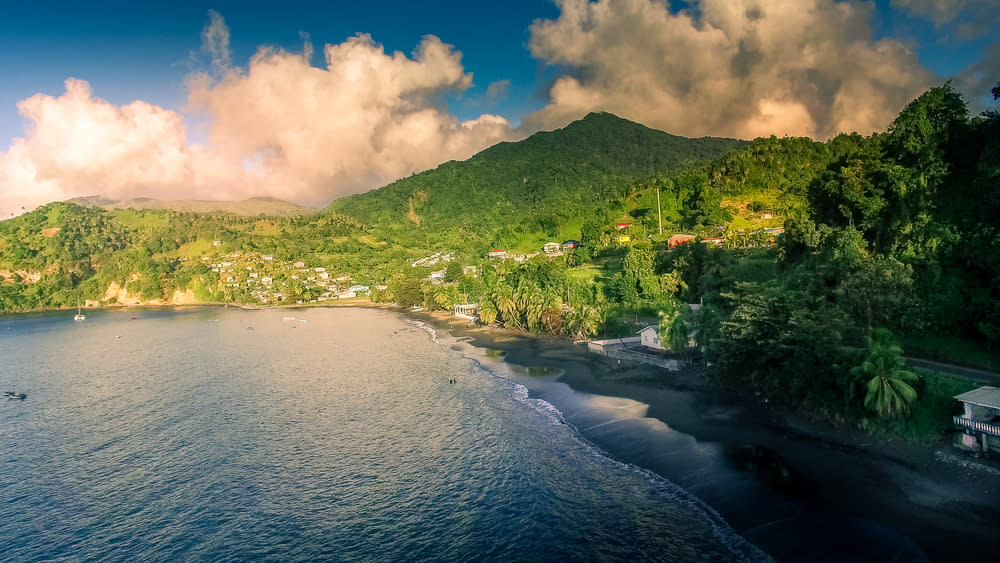More from St Vincent
Main Menu
- 00:00
- 06:00
- 12:00
- 18:00
- 23:00
St Vincent : Next 24-Hour Weather
Today - 7th January 2026
Sunrise 06:29
Sunset 17:53
Tomorrow - 8th January 2026
Sunrise 06:29
Sunset 17:53
Holiday Weather Now
Sorted by popularity:
Updated at 14:00 GMT
-
Temp feels like29°C84°F
-
Length of day11h 24m
-
Pressure29" (1015 hpa)
-
Visibility10 km (6miles)
-
Wind speed16 km/h
Sunrise 06:29
Sunset 17:53
-
Temp feels like:
29ºC (84 ºF)
-
Length of day:
11h 24m
-
Pressure:
29" (1015 hpa)
-
Visibility:
6 miles (10 km)
-
Wind speed:
16 km/h
Apart of the homeland of Saint Vincent and the Grenadines; the resort of St Vincent is an island nation located in the Caribbean Sea. St Vincent features a tropical climate with very little season variation throughout the entire year.
The topography of St Vincent is naturally mountainous. The beautiful environment features stunning rainforests inland and gorgeous beaches with fine white sand and crystal, clear blue waters on the coastal areas. Even though the region of St Vincent is a year round holiday destination, rainfall throughout the area at all times of the year. This is however, due to its vast height in elevation. In comparison to surrounding islands with lower land such as Barbados, St Vincentâs yearly precipitation is almost doubled.
St Vincent will experience substantial rain throughout the whole year. Average precipitation is sporadic and quite unpredictable year to year. But heaviest rainfall is most likely to be seen throughout July to November averaging anywhere from 200mm to 300mm per month. This is also known as hurricane season and even though the change of a hurricane striking the island itself it quite unlikely, they will create strong winds and profound showers. Since the majority of violent storms on hit the St Vincent everyone three to four years, they commonly bypass the island before heading north.
Most countries throughout the Caribbean will typically feature a dry and a wet season. The region of St Vincent however, is just wet and hot all year round. Given that there are no characteristic seasons. The summertime will be slightly warmer and wetter than that in the winter.
The summer months are typically from May to October, with September commonly being the hottest month of all. Temperatures throughout this time will normally stay above 30ºC and will never fall below 23ºC. This ensures a pleasurable experience to laze around of the golden beaches. Sea temperatures throughout the summer linger at a very comfortable 24ºC, often peaking to 26ºC in the hottest months of August and September. Since rainfall is very high throughout the summer, average sunshine hours are not as high as some would expect. Nevertheless the sun is guaranteed to be out seven to eight hours per day.
There is very little variation in both temperature and rainfall between summer and winter. Even though these months are theoretically the coldest time of the year, the air and sea temperatures are barely cold enough to be classed as winter. The amount of rainfall obtained is commonly less throughout the months from January to April, yet is still relatively high in comparison to other nearby regions. Average temperatures during the cooler period only drop to a bare minimum of 20ºC, commonly staying above 25ºC.

















